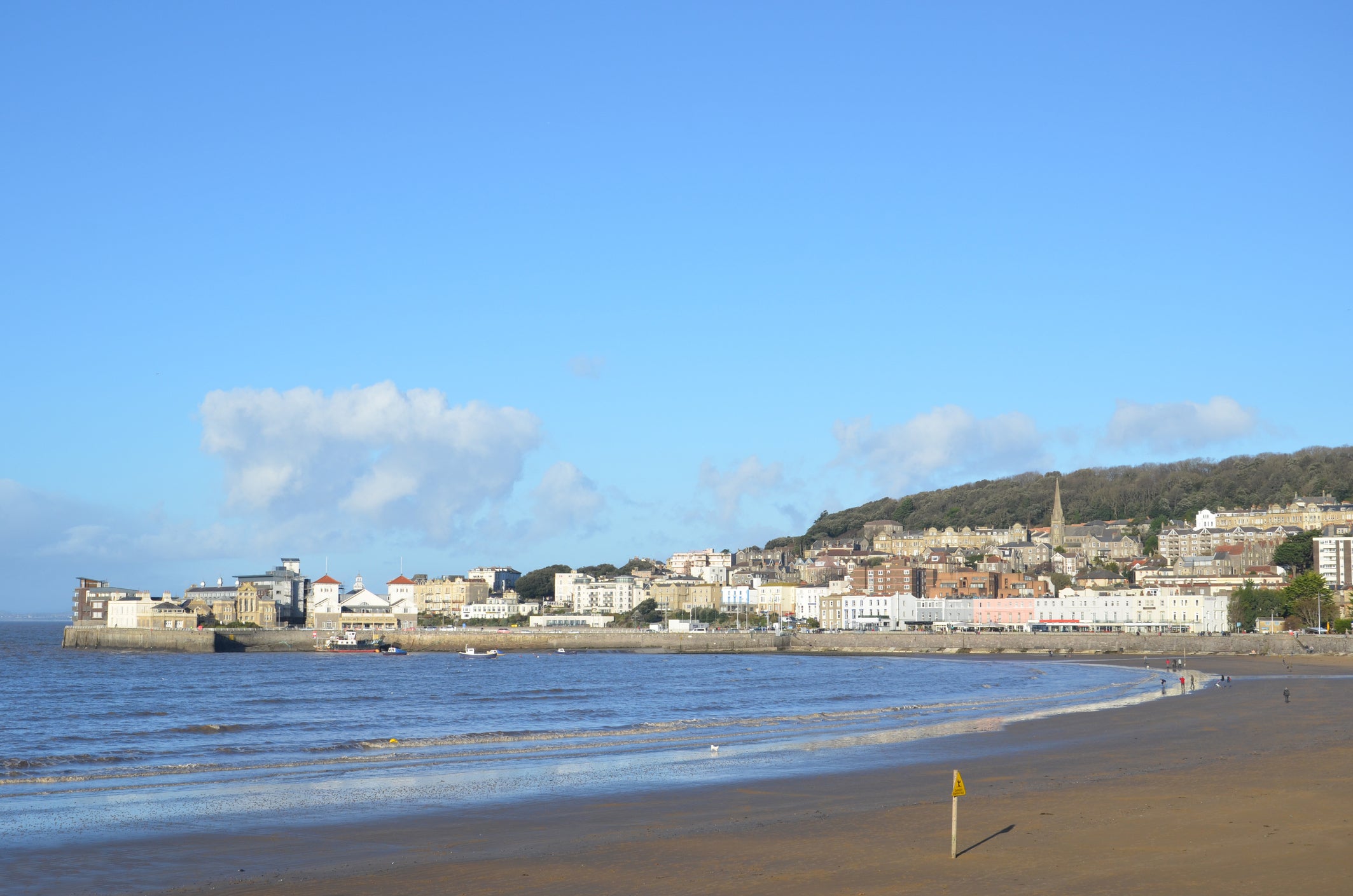Record number of English bathing sites have poor water quality, finds Environment Agency
Of 450 rivers, lakes and beaches in England, 37 did not meet the minimum standard for bathing water quality

Your support helps us to tell the story
From reproductive rights to climate change to Big Tech, The Independent is on the ground when the story is developing. Whether it's investigating the financials of Elon Musk's pro-Trump PAC or producing our latest documentary, 'The A Word', which shines a light on the American women fighting for reproductive rights, we know how important it is to parse out the facts from the messaging.
At such a critical moment in US history, we need reporters on the ground. Your donation allows us to keep sending journalists to speak to both sides of the story.
The Independent is trusted by Americans across the entire political spectrum. And unlike many other quality news outlets, we choose not to lock Americans out of our reporting and analysis with paywalls. We believe quality journalism should be available to everyone, paid for by those who can afford it.
Your support makes all the difference.A record number of England’s official swimming spots have failed to meet water quality standards for bathing this year, figures have revealed.
In 2024, 450 bathing waters in England, including 27 new sites regularly used by swimmers during summer, were tested for water pollution.
Of these, 37 did not meet the minimum standard – including 18 of the newly designated sites – and were classified as having ‘poor’ quality water harmful to human health.
In Weston-super-Mare, Somerset, three beaches were classified as ‘poor’ while five spots on the Yorkshire coast were given the lowest water quality rating.
According to the ratings, 95 per cent of coastal waters met minimum standards this year, compared to just 53 per cent of inland sites, including rivers and lakes.
Areas of the River Thames, River Cam, River Avon and River Severn all failed to meet the standard for swimming based on samples.
Results showed that only two designated bathing water sites on the River Thames – Wallingford Beach and Wolvercote Mill Stream – both scored ‘poor’ for water quality due to high levels of E coli.
“Further action is needed to improve bathing water quality” said the Environment Agency following this year’s figures released on Tuesday (26 November).
The regulator takes readings of harmful E coli bacteria and intestinal enterococci in the water throughout the bathing season between May and September.
The previous four years of readings then determine the annual quality rating for that area of water.
These are classified into four categories – ‘poor’, ‘sufficient’, ‘good’ and ‘excellent’.
Factors which influence bathing water quality can include tides and “physical or environmental changes at a site”, said the Environment Agency.
The number of ‘poor’ bathing waters in 2024 – 8.2 per cent – is the highest since the four-tier system was adopted in 2015.
Figures show that of the bathing waters measured, 413 (91.8 per cent) met at least the minimum standard of bathing water regulations based on 7,420 taken samples, with 85 per cent being rated as ‘good’ or ‘excellent’.
Last year, 96 per cent of bathing water sites met the minimum standard of ‘sufficient’, and 90 per cent met the highest two standards.
The government launched a consultation on proposed reforms to bathing water regulations on 12 November. These include assessing water quality and the feasibility of improvement before giving a site “bathing” designation.
Water minister Emma Hardy said: “These figures are unacceptable and show that too many of our popular swimming spots are polluted. That’s why we are placing water companies under special measures through the Water Bill, which will strengthen regulation, including new powers to ban the payment of bonuses for polluting water bosses and bring criminal charges against persistent law breakers.”
The Environment Agency said that it is “changing its approach to regulation of the water industry” by investing around £15 million to enhance digital systems and employing 500 additional staff, including environment officers.
Alan Lovell, Environment Agency chair, said: “While overall bathing water quality has improved in recent decades due to targeted investment and robust regulation, today’s results show there is much work still to do, particularly to bring our inland bathing waters up to standard.
“We are working with the water industry, farmers and local authorities and are investing in our regulation, with more people on the ground, updated digital assets and new legal powers to improve our bathing waters for all.”
“Poor” bathing water areas 2024
- Tynemouth Cullercoats, North Tyneside
- Littlehaven Beach, South Tyneside
- Scarborough South Bay, Yorkshire
- Bridlington South Beach, Yorkshire
- Wharfe at Cromwheel, Ilkley, Yorkshire
- Nidd at the Lido, Knaresborough, Yorkshire
- Wharfe at Wilderness Carpark, Yorkshire
- Heacham, Norfolk
- Sheep’s Green, River Cam, Cambridge
- Wolvercote Mill Stream, Oxford
- Wallingford Beach, River Thames, Oxford
- Deal Castle, Kent
- Dymchurch, Kent
- Littlestone, Kent
- Worthing Beach House, West Sussex
- Bognor Regis (Aldwick), West Sussex
- Southsea East, Hampshire
- River Avon at Fordingbridge, Hampshire
- Lyme Regis Church Cliff Beach, Dorset
- Steamer Quay, Dart Estuary, Devon
- Coastguards Beach, Erme Estuary, Devon
- Porthluney, Cornwall
- Dunster Beach, Somerset
- Blue Anchor West, Somerset
- River Tone at French Weir Park, Somerset
- Weston-super-Mare Uphill Slipway, Somerset
- Weston Main, Somerset
- Weston-super-Mare Sand Bay, Somerset
- River Frome at Farleigh Hungerford, Somerset
- River Teme in Ludlow, Shropshire
- River Severn at Ironbridge, Shropshire
- River Severn in Shrewsbury, Shropshire
- St Annes North, Lancashire
- Blackpool North, Blackpool
- Coniston Water, Boating Centre, Cumbria
- Derwent Water at Crow Park, Cumbria
- River Ribble at Edisford Bridge, Lancashire
For more travel news and advice, listen to Simon Calder’s podcast
Join our commenting forum
Join thought-provoking conversations, follow other Independent readers and see their replies
0Comments